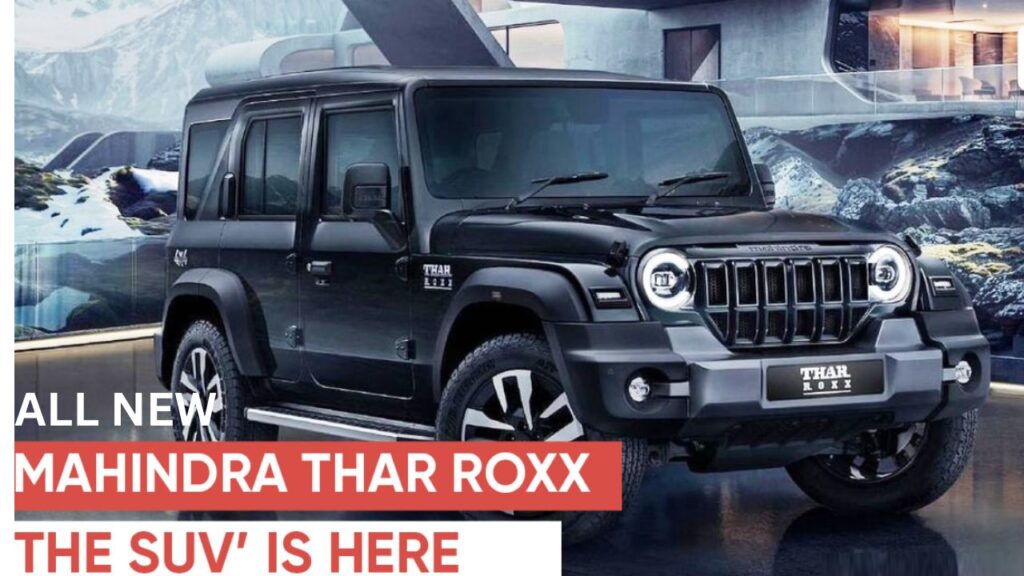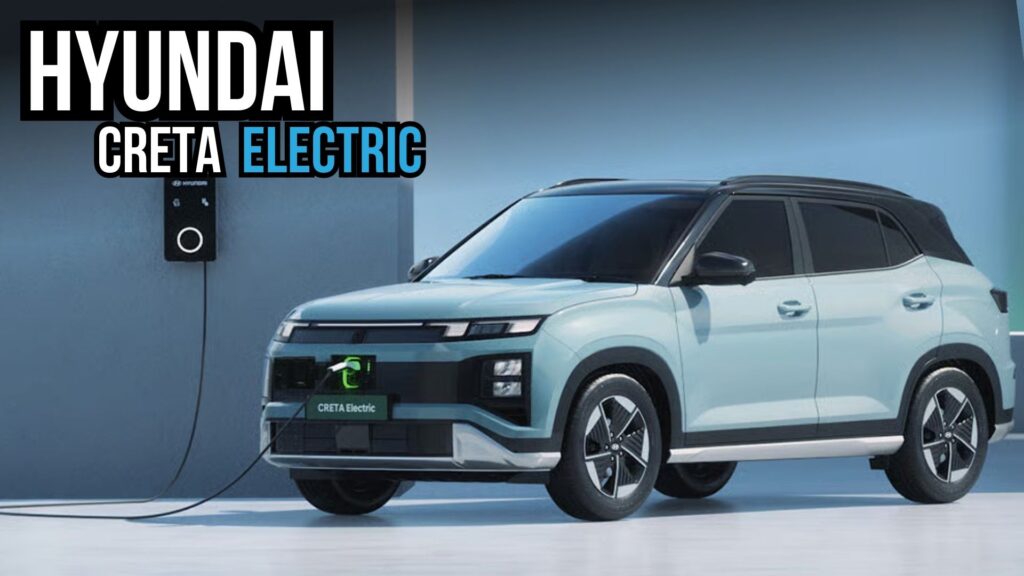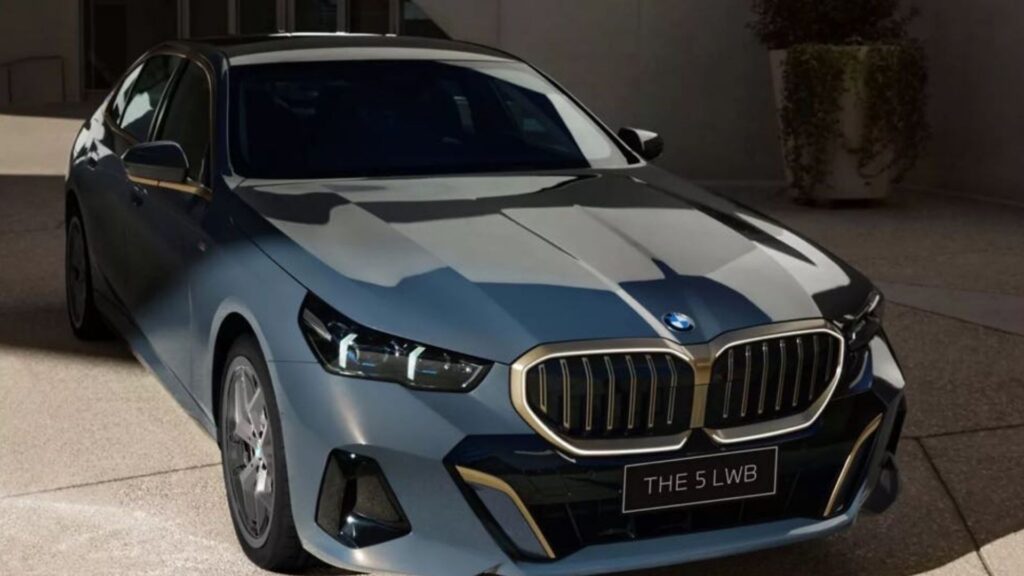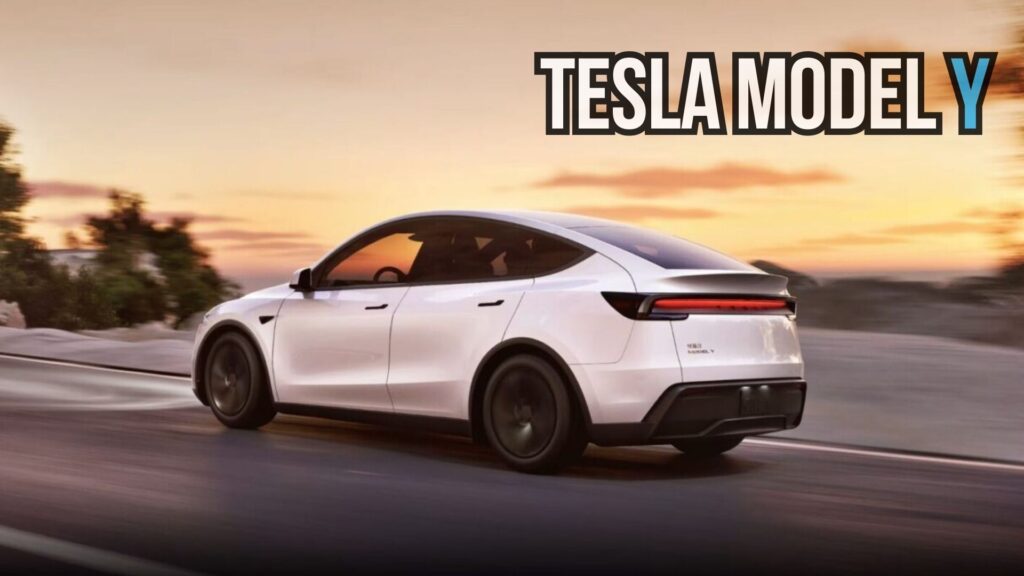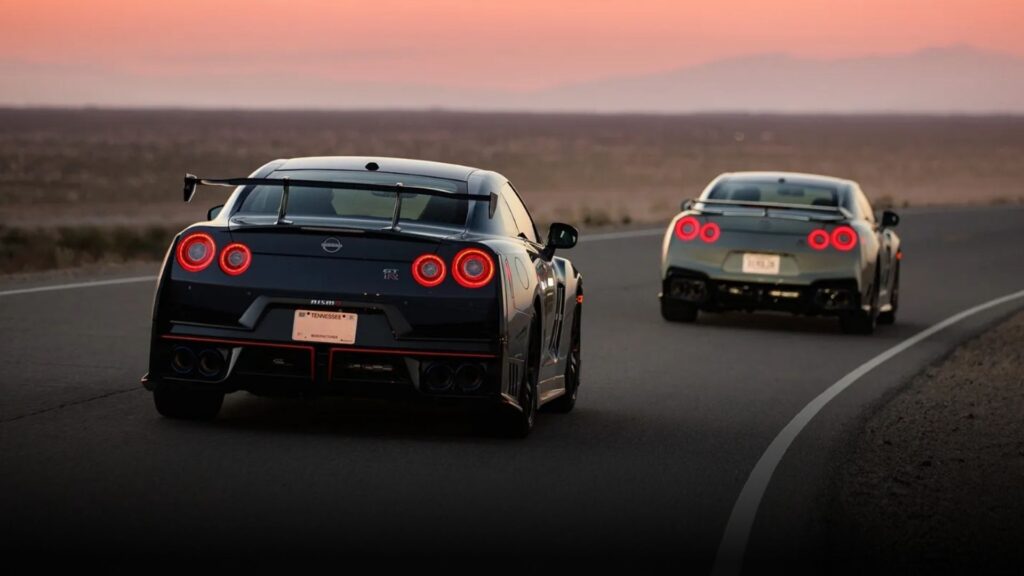Aston Martin, one of the world’s most iconic luxury performance carmakers, is taking a step back in its electric vehicle (EV) journey. Originally targeting 2025 for the launch of its first battery-electric vehicle (BEV), the British marque has pushed the timeline to 2026. The delay highlights not only the challenges within the broader EV market but also specific hurdles faced by luxury automakers as customer demand cools.
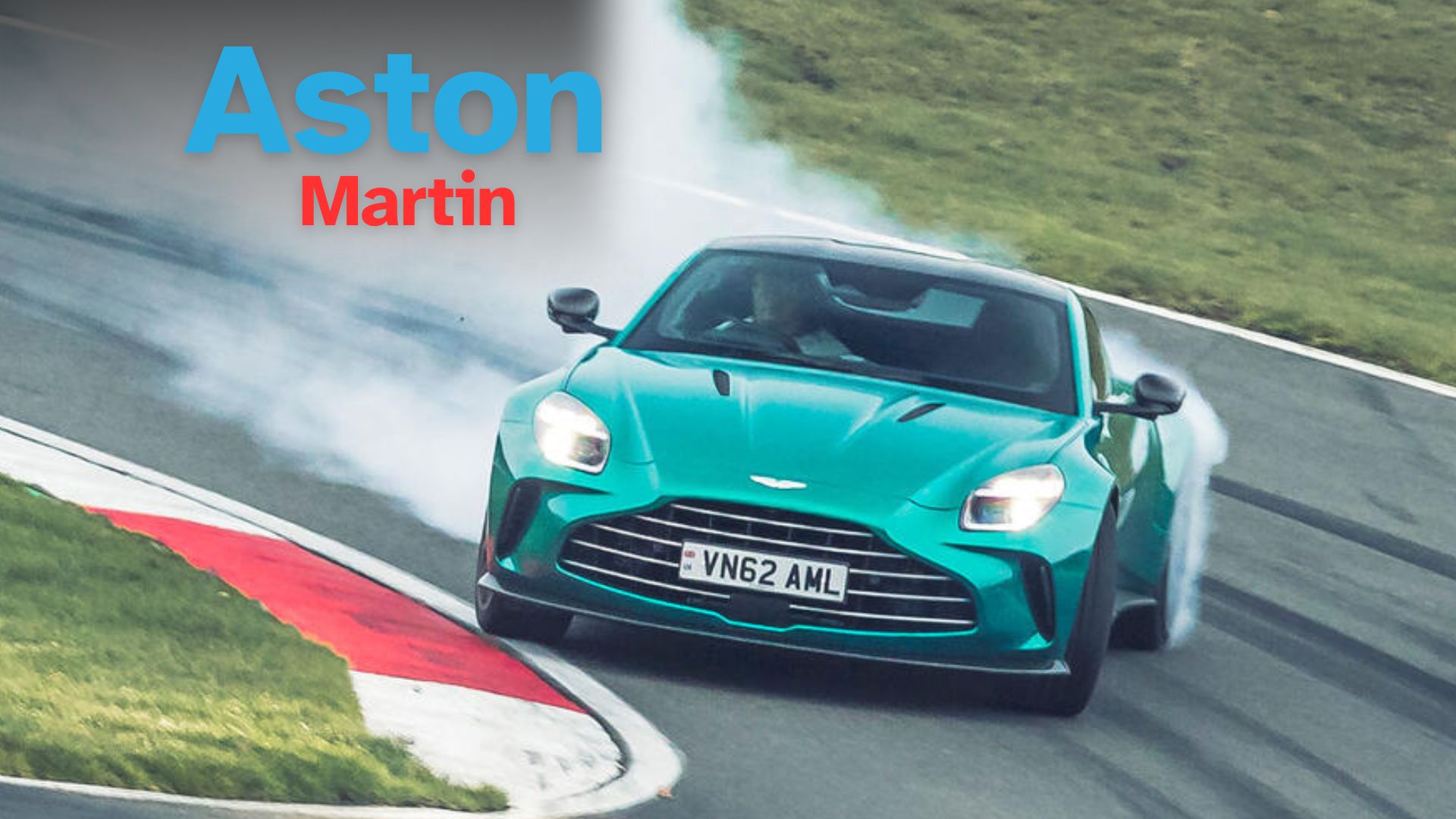
In the meantime, Aston Martin is shifting its focus to plug-in hybrid electric vehicles (PHEVs) while continuing its $450 million collaboration with Lucid Motors. Perhaps most surprisingly, Aston Martin is also exploring technology that mirrors Hyundai’s bold approach to electrification: simulated gear shifts and artificial engine sounds designed to enhance driver engagement.
Why Aston Martin Delayed Its First Pure EV

The EV market, once thought to be on an unstoppable upward trajectory, has recently shown cracks in its foundation particularly in the luxury segment. While mainstream EV adoption continues to rise globally, luxury EVs have not enjoyed the same momentum.
Several factors have influenced Aston Martin’s decision to delay its BEV launch:
-
Economic uncertainty: Global financial instability and high interest rates have made luxury buyers more cautious.
-
Price sensitivity: EV prices fell by approximately 9% year-over-year, putting pressure on premium brands.
-
Selective luxury buyers: High-end customers are showing hesitancy toward fully electric vehicles, preferring transitional technologies like hybrids.
By extending its timeline, Aston Martin aims to avoid overextending in a market that is not fully receptive to premium EVs yet.
Summary Table
Key Aspect |
Details |
|---|---|
Company |
Aston Martin |
Original EV Timeline |
2025 |
Revised EV Timeline |
2026 |
Interim Focus |
Plug-in Hybrid Vehicles (starting with Valhalla) |
Partnership |
$450 million deal with Lucid Motors for battery and motor technology |
Market Challenges |
Slower luxury EV adoption, economic uncertainty, falling EV prices |
Hyundai Connection |
Considering simulated engine sounds and gear shifts, inspired by Hyundai Ioniq 5 N |
Official Website |
The Role of Lucid Motors in Aston Martin’s Strategy
In 2023, Aston Martin signed a landmark partnership with Lucid Motors worth more than $450 million. The agreement grants Aston Martin access to Lucid’s cutting-edge battery and dual-motor powertrain technology, capable of delivering more than 500 miles of driving range.
While this collaboration remains a cornerstone of Aston Martin’s long-term electrification plan, the automaker is no longer rushing to deploy Lucid’s technology. Instead, it will be integrated gradually, with plug-in hybrid models such as the upcoming Valhalla supercar serving as a bridge to a fully electric future.
Chief Creative Officer Marek Reichman emphasized that Aston Martin is still committed to EVs, but in a more measured way. He stated, “We’re developing battery electric cars, but they’re further out into the future.”
Market Challenges for Luxury Automakers
Aston Martin is not alone in rethinking its electrification timeline. Across the luxury automotive sector, manufacturers are adjusting to slower-than-expected demand. The broader issues include:
-
Rising costs of production for advanced EVs.
-
Increased competition from mainstream brands offering lower-priced electric models.
-
Shifting consumer expectations, with many still valuing the visceral sound and feel of traditional engines.
This turbulence has forced companies like Aston Martin to prioritize customer engagement over rapid electrification.
Hyundai’s Surprising Influence
Perhaps the most unexpected element in Aston Martin’s evolving strategy is the possible adoption of simulation technology inspired by Hyundai. Hyundai’s N performance division introduced the concept with its Ioniq 5 N, a high-performance EV that features:
-
N e-Shift technology: Simulates gear changes by adjusting motor torque.
-
Engine sound simulation: Artificial sound design to mimic combustion engine performance.
-
Physical engagement: The system creates a genuine sensation of shifting through an eight-speed transmission.
Although this technology slightly slows acceleration by about four-tenths of a second to 60 mph it has proven to significantly improve driver engagement and provide useful feedback during spirited driving or on track days.
Aston Martin’s Take on Simulated Driving Experiences
For Aston Martin, a brand synonymous with driving emotion and performance heritage, such technology could help bridge the gap between combustion engines and silent EVs. Reichman noted that if simulation features can enhance driving performance and authenticity, Aston Martin would consider adopting them.
This shift acknowledges that for luxury performance cars, the emotional connection matters just as much as raw performance statistics. Borrowing from Hyundai’s playbook might provide Aston Martin with a way to maintain its signature character in an electric future.
Looking Ahead
Aston Martin’s electrification journey remains intact but is unfolding at a slower, more deliberate pace. With Lucid’s advanced technology in its corner, a strong portfolio of plug-in hybrids on the horizon, and openness to innovative driving simulations, Aston Martin is carefully positioning itself for long-term success.
Rather than chasing short-term trends, the automaker is betting that a refined, emotionally engaging electric experience will resonate with its loyal customer base when the market is truly ready.
Frequently Asked Questions (FAQ)
1. Why did Aston Martin delay its first electric vehicle?
A. Aston Martin delayed its EV launch due to weaker-than-expected demand in the luxury EV market, high interest rates, and shifting consumer preferences.
2. What role does Lucid Motors play in Aston Martin’s electrification strategy?
A. Lucid provides advanced battery and dual-motor technology through a $450 million partnership, which will be used in Aston Martin’s future EVs.
3. What is the Valhalla supercar?
A. The Valhalla is Aston Martin’s upcoming plug-in hybrid supercar, which represents the company’s transition phase before introducing full EVs.
4. Why is Hyundai relevant to Aston Martin’s EV plans?
A. Aston Martin is considering adopting Hyundai’s simulation technology, which recreates gear changes and engine sounds in EVs to enhance driving engagement.
5. When will Aston Martin’s first EV arrive?
A. The company now expects to launch its first full battery-electric vehicle in 2026.
For More Information Click HERE

